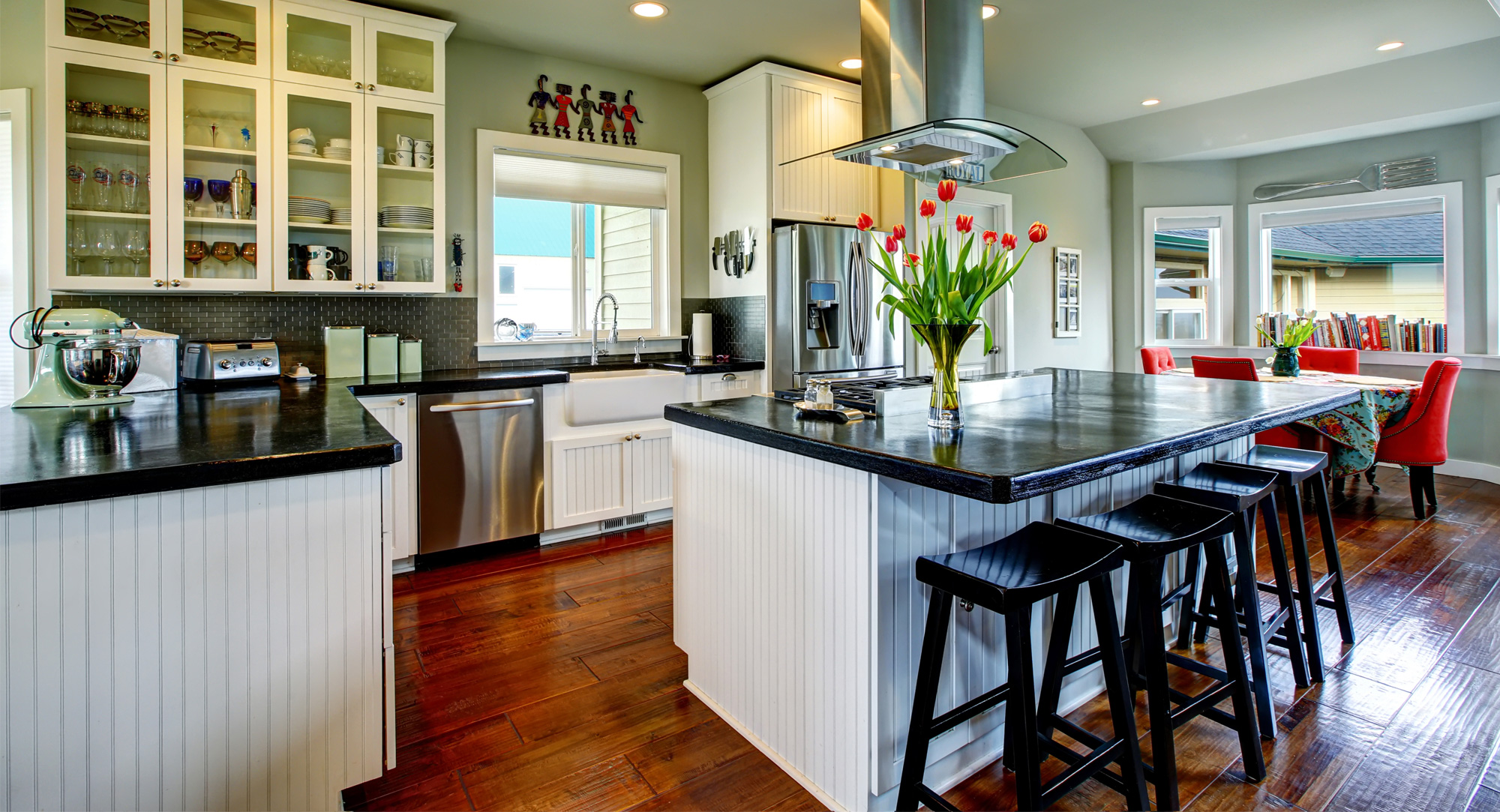Rent growth in the US continued to exceed pre-pandemic rates in March, spurred by a re-opening economy and rising demand for high-end rentals.
Occupancy rates for single-family rentals were at a record high, according to the US Census. This increased demand is driving up inventory pressure and rent price changes nationally and across major metro areas. Stats from CoreLogic showed that nearly 70% of consumers agree that steep homes prices are causing many people to rent. However, as demand continues to push rent prices higher, 36% of survey respondents already feel rental options in their neighborhood are not very, or not at all, affordable.
“The CoreLogic Single-Family Rent Index shows a preference shift to standalone properties as renters seek more space in less dense areas,” said Molly Boesel, principal economist at CoreLogic. “Prior to the pandemic, rents for detached properties and attached properties grew at similar rates. However, starting in June 2020, rent growth for detached properties accelerated and by March, grew at five times the rent growth rate of attached properties.”
National single-family rent growth across the four tiers, and the year-over-year changes, were as follows:
- Lower-priced (75% or less than the regional median): down from 3.8% to 3.2% year over year.
- Lower-middle priced (75% to 100% of the regional median): up from 3.1% to 3.7% year over year.
- Higher-middle priced (100% to 125% of the regional median): up from 2.9% to 4.2% year over year.
- Higher-priced (125% or more than the regional median): up from 2.8% to 5% year over year.
More on Mortgage Professionals Of America
Contact JD Homes
For more on what's happening with the rental market, or to speak with us about our property management services, contact us today by clicking here.








